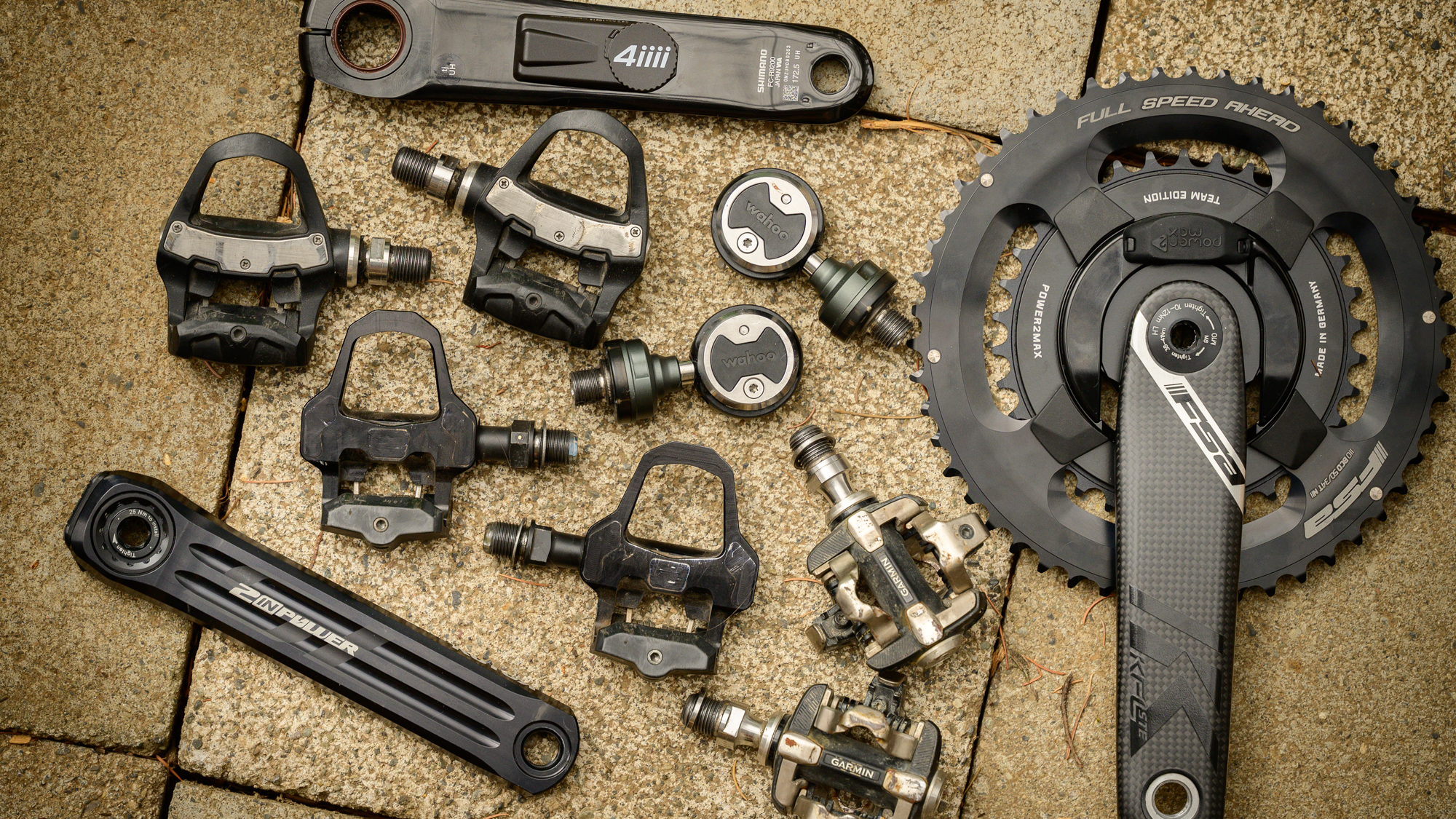
"The best power meter is a tool for objective measurement, utilizing strain gauges and accelerometers to accurately measure the effort exerted through your legs."
"Power data is foundational for modern cycling training, allowing cyclists to analyze performance and improve efficiency through targeted training regimens."
"Different power meter options can be installed at the crank, spindle, spider, or pedals, each offering unique experiences and installation processes."
"Single-sided power meters are a cost-effective entry point for beginners, but they may provide inaccurate readings due to discrepancies in leg strength."
Power meters measure cycling performance by assessing power output in watts through various technologies like strain gauges and accelerometers. Data from these meters is crucial for modern cycling training and is transmitted wirelessly to bike computers. The article evaluates diverse power meter types, focusing on their installation locations, accuracy, and user experience. Beginners may consider budget-friendly single-sided power meters, which estimate the second leg's performance but can suffer from accuracy issues due to typical leg strength discrepancies. Expert testing ensures reliable recommendations for different cyclist needs.
Read at Cyclingnews
Unable to calculate read time
Collection
[
|
...
]